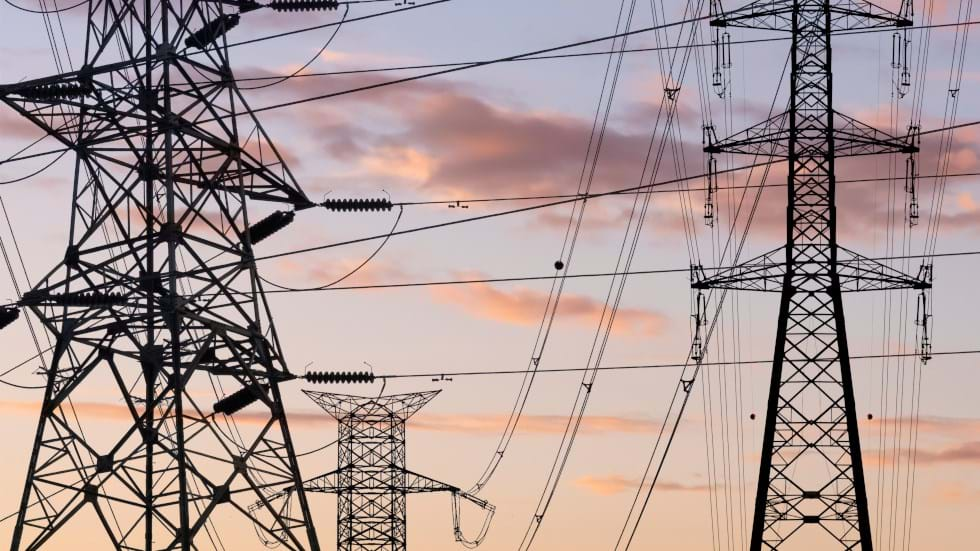Grid operators submit £67bn plan to revamp UK transmission network

MAJOR grid operators are set to add almost 70 GW of new power as part of a major upgrade of transmission networks.
National Grid, ScottishPower, and SSE manage networks across Scotland, Wales, and the Midlands, and have developed plans to revamp the UK’s transmission infrastructure as part of the next phase of Ofgem’s RIIO-T3 price control period between 2026 and 2031.
The RIIO framework (Revenue = Incentives + Innovation + Outputs) is used by Ofgem to ensure all grid operators fulfil their energy obligations to consumers. T3 is the third regulatory period of the framework, with the previous, T2, relating to outcomes between 2021 and 2026.
The plans align with the UK government’s recent Clean Power 2030 Action plan, which aims to cut the hefty 739 GW backlog of energy projects awaiting grid connection.
Upgrades
National Grid’s plan is by far the most ambitious of the three, promising to “double the amount of power we can transfer across the country, and more than double the rate of connecting our customers”.
The operator proposes to upgrade around 3,500 km of existing overhead lines and 10% of its substations.
It also plans to build 25 new substations and around 1,100 km of new lines, including two of the longest high voltage direct current (HVDC) cables in the UK, which have the potential to power 4m homes.
Similarly, ScottishPower plans to build 12 new substations and upgrade 87 km of overhead lines and 35 km of underground cables. SSE in turn aims to introduce more than 30 new substations in the RIIO-T3 period and add 15.4 GW of renewable energy to its current 10.6 GW capacity.
Clean power
The grid operators are working with the government on the ambition to supply the UK with clean power by 2030.
The government’s action plan involves working with the National Energy System Operator (NESO) and Ofgem to develop new regulation to reduce grid connection and planning timelines.
Nicola Connelly, CEO of ScottishPower Energy Networks, said: “Government and industry have never been clearer on what needs to be achieved and now we need Ofgem to match that ambition with a price control that unlocks the capital required to finance the projects that will deliver clean power in the next decade.”
Collectively, the operators have committed around £67bn (US$84bn) to their respective plans.
John Pettigrew, CEO of National Grid, said: “This plan represents the most significant step forward in the electricity network that we’ve seen in a generation. Through it we will nearly double the amount of energy that can be transported around the country, support the electrification of the industries of today and tomorrow; create new jobs; and support inward investment for the UK.”
Ofgem will publish its draft determinations of these plans in Q3 2025 , with its final decision expected later in the year.
Recent Editions
Catch up on the latest news, views and jobs from The Chemical Engineer. Below are the four latest issues. View a wider selection of the archive from within the Magazine section of this site.




